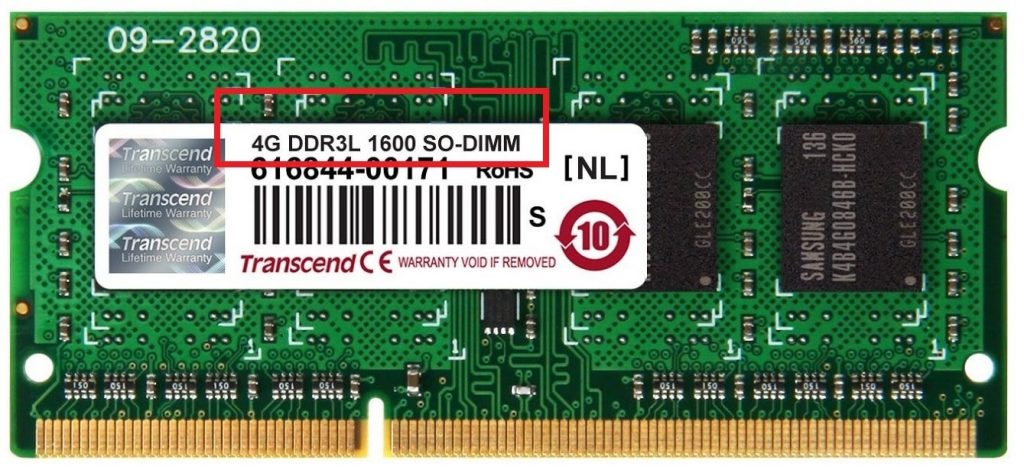

The memory management settings are usually located in the BIOS’s memory management section. You must first enter the BIOS in order to access XMP or DIMM profiles. If the RAM speed in your computer is slower than the advertised speed, you can enable memory profiles that allow your motherboard to use the advertised RAM speed. As a result, if a motherboard runs RAM at the speed specified by the manufacturer, it can cause system instability. The speed at which a RAM can perform its task is what it is advertised to be. As a result of the increased RAM, it can store more data, which allows the CPU to process more data. If your motherboard does not support the Extreme Memory Profile, please follow the other mentioned steps to change the RAM speed. AMD motherboards have a setting known as DOCP (Direct Overclock Profile), whereas Intel motherboards have an XMP ( Extreme Memory Profile). It is up to you whether you want RAM speed to be increased from the BIOS or another application like CPU-Z. If you want to increase or decrease your RAM speed, we can assist you in doing so.

Your computer’s performance will suffer as you speed up RAM. Once you find the option, you will need to change the setting to the speed that you want. The option will be labeled something like “RAM Speed” or “ Memory Speed“.

Once you find the section that controls the RAM, you will need to find the option that allows you to change the speed. This is usually located in the “Advanced” section. Once you are in the BIOS, you will need to find the section that controls the RAM. This is where you can change the settings for your computer’s hardware. If you want to change the speed of your RAM, you will need to enter the BIOS (Basic Input/Output System).


 0 kommentar(er)
0 kommentar(er)
